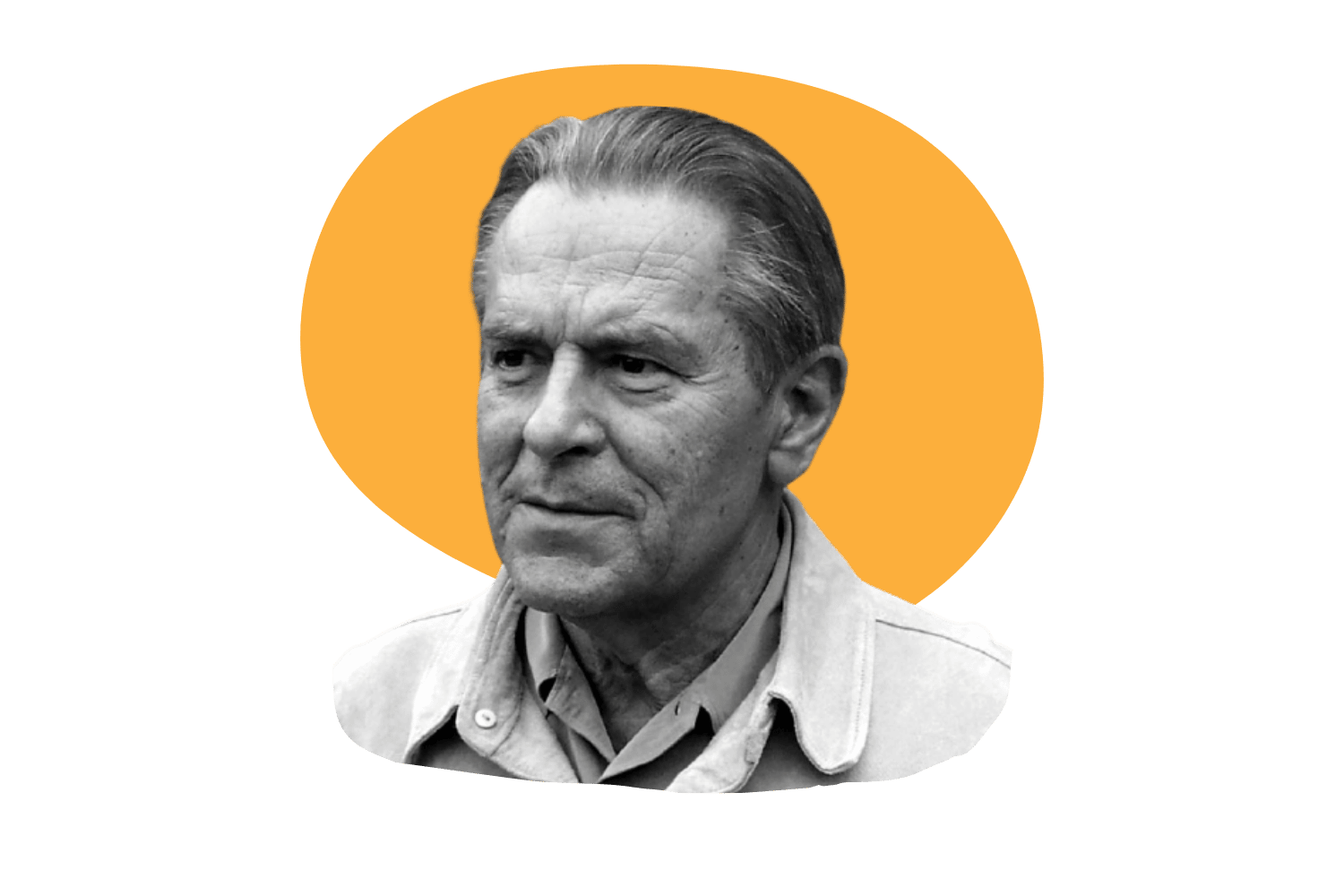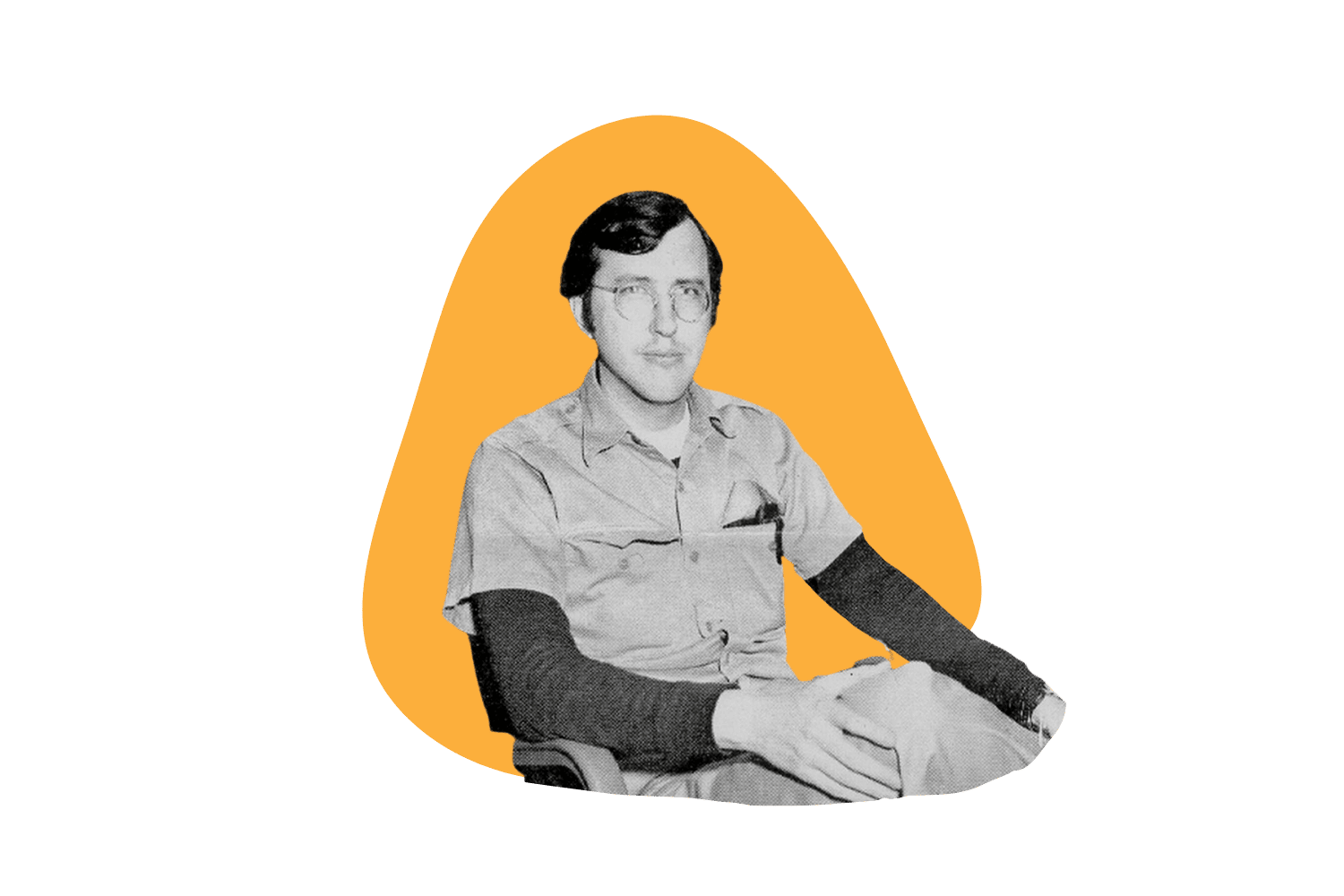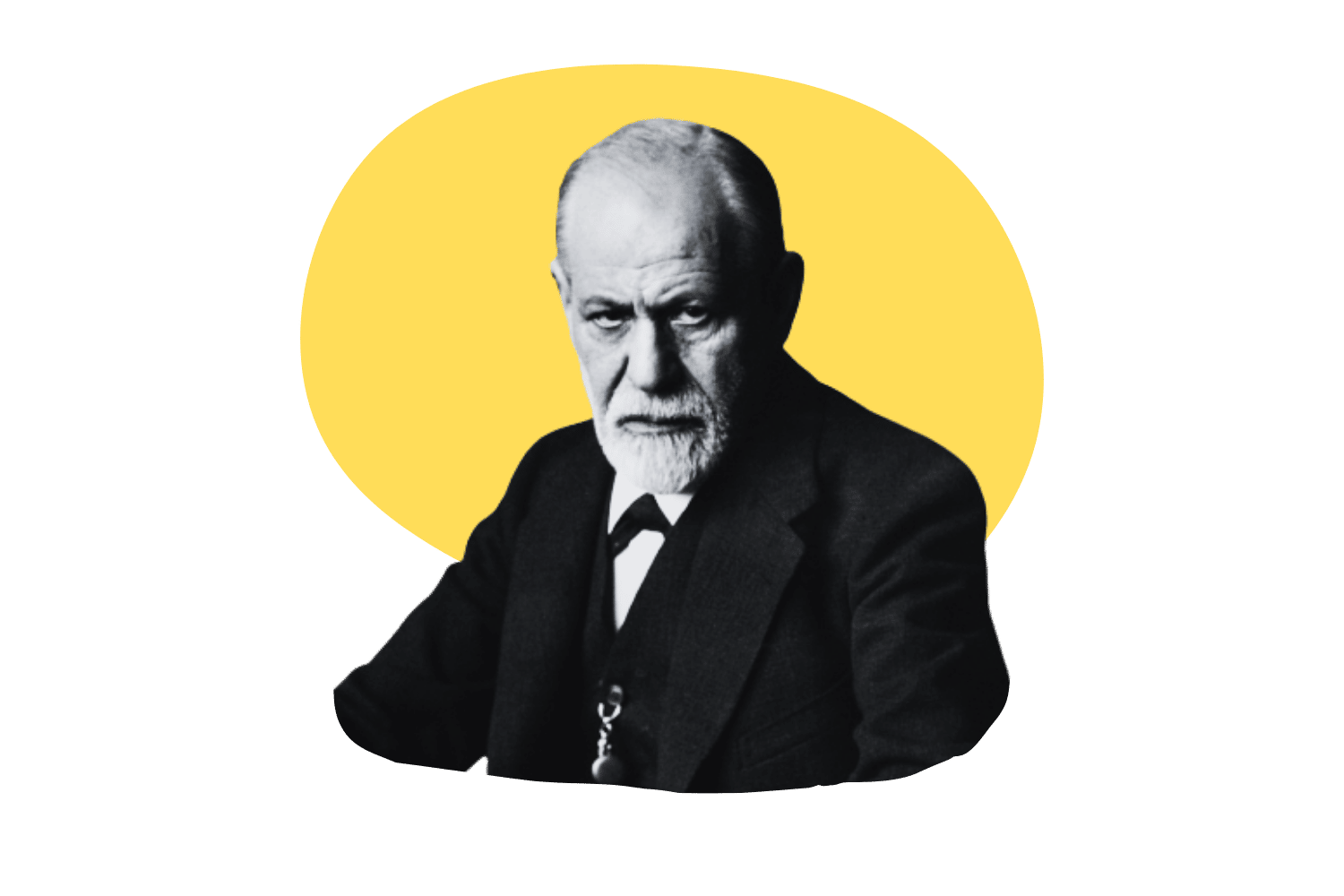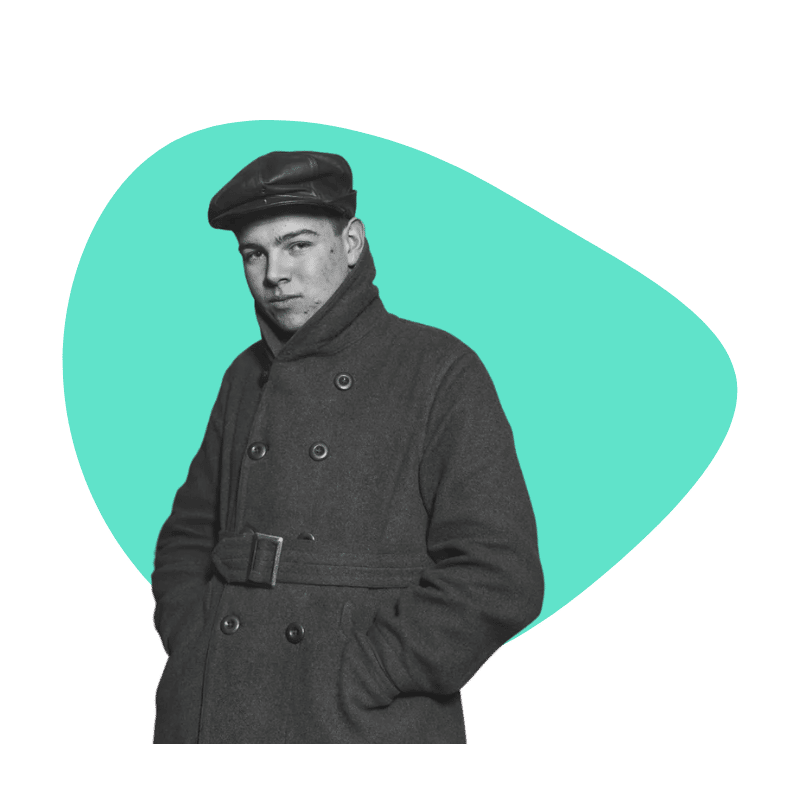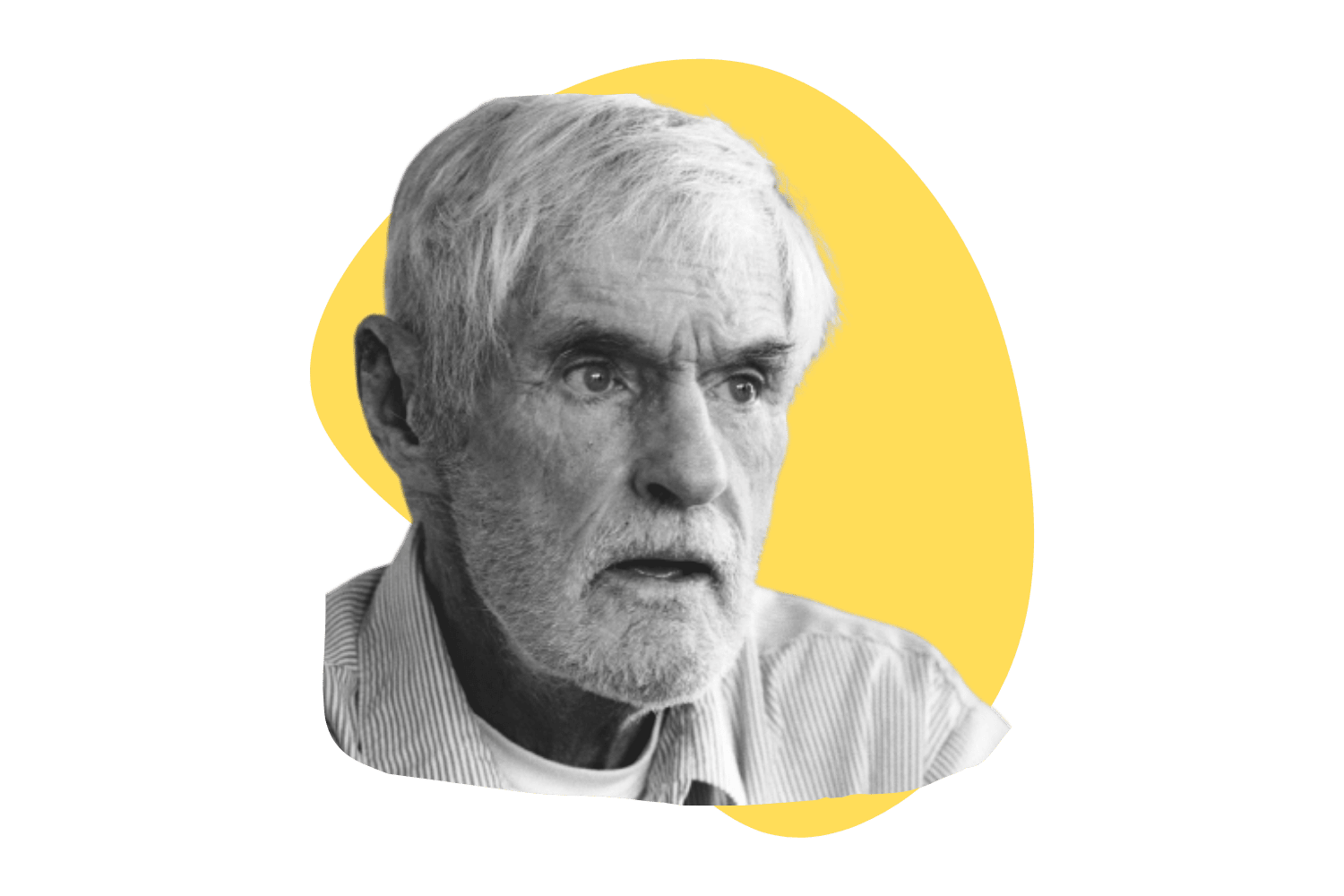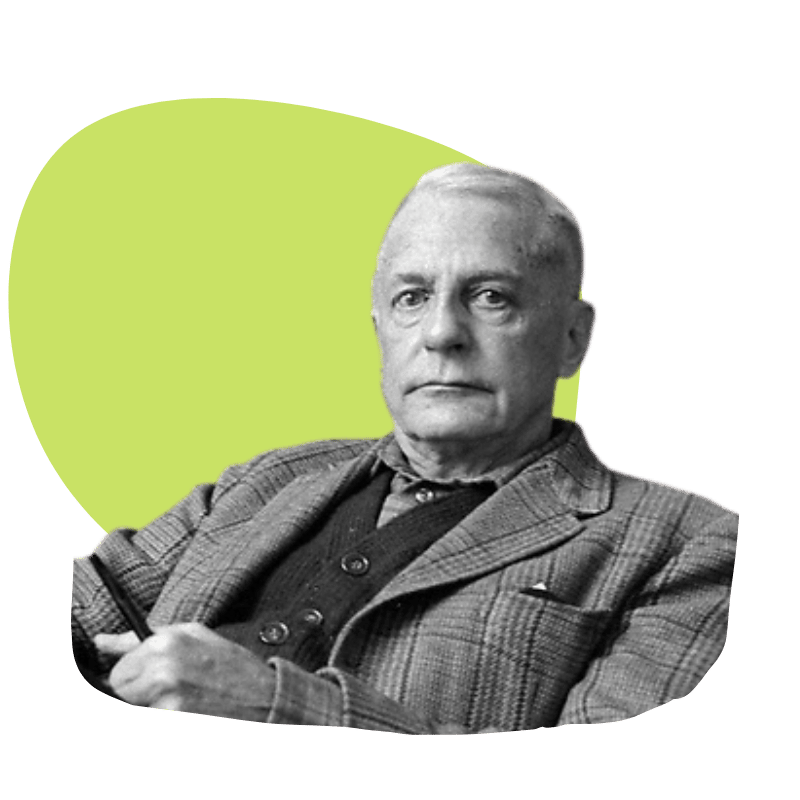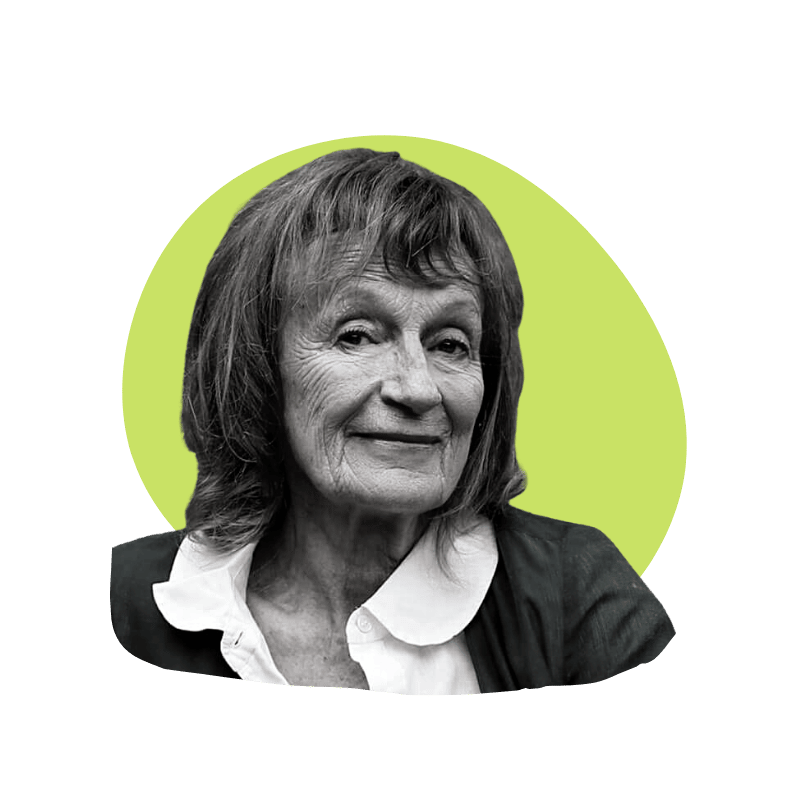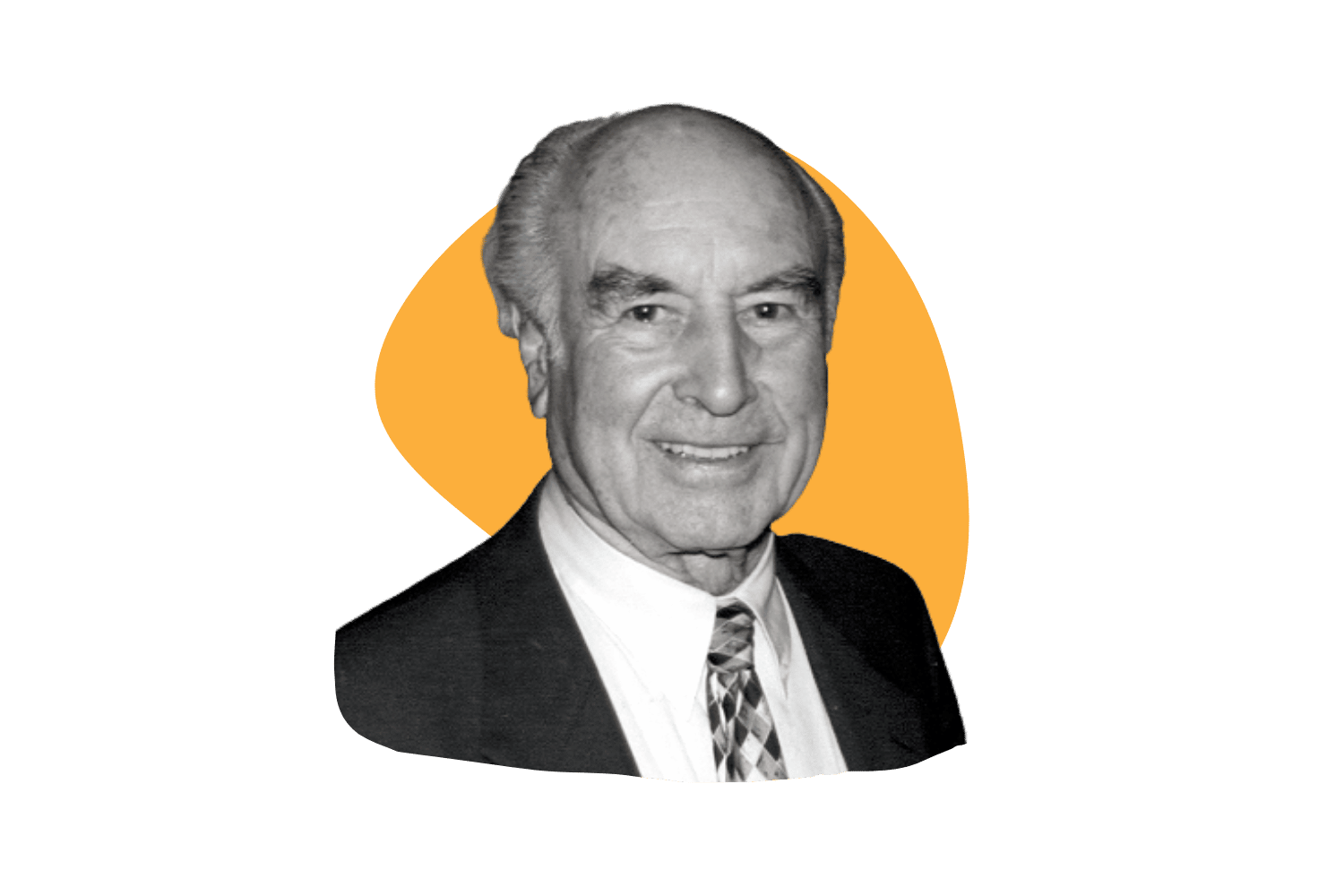Rick Strassman: The Father of Modern Psychedelic Research
Rick Strassman was the first person to perform psychedelic research on human subjects in over two decades. What he discovered was truly out of this world 👽
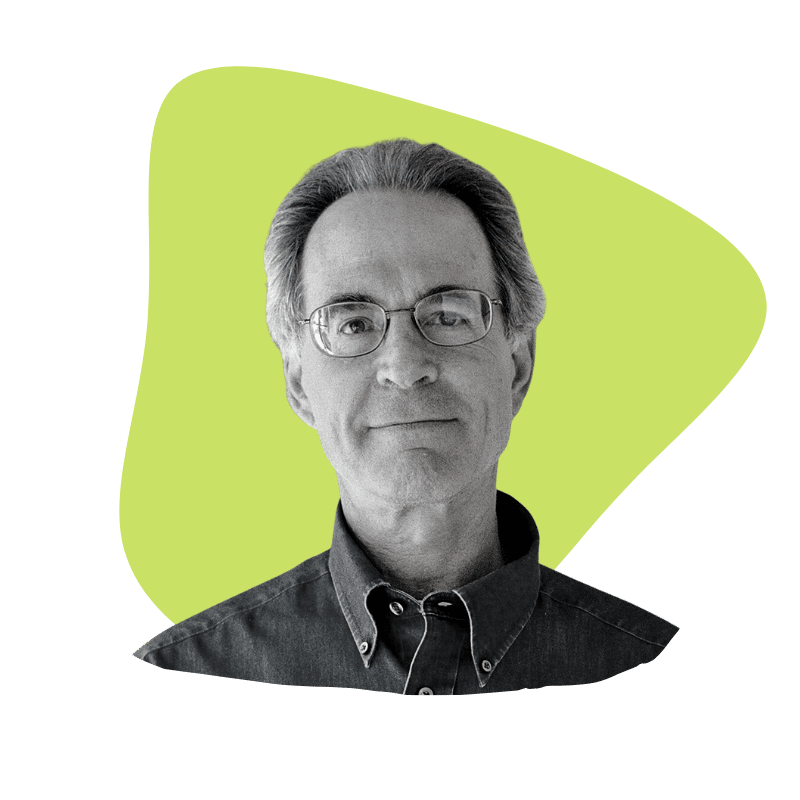
Dr. Rick Strassman is famous for his work on the powerful psychedelic DMT (N, N-dimethyltryptamine). You may have heard of his best-selling book DMT the Spirit Molecule, released in 2010.
Rick Strassman’s research into psychedelics was groundbreaking — especially for the time. Between 1990 and 1995, he administered the drug to more than 60 volunteers, and what he recorded would question reality as a whole.
His experiments using DMT during the 90s were arguably the most extraordinary scientific psychedelic study ever undertaken. It’s described as more of an exploration of an unknown land than a typical scientific study looking into physiological functions.
In this article, we’ll look more closely at Dr. Rick Strassman — we’ll examine some of his most famous research and explore how he became a pioneer of the psychedelic world.
| Birth | February 8th, 1952 |
| Occupation | Professor of Psychiatry at the University of New Mexico (Retired) |
| Nationality | American |
Who Is Rick Strassman?
Rick Strassman is an American clinical associate professor of psychiatry at the University of the New Mexico School of Medicine (now retired).
Strassman earned his MD title through his education at Stanford University. He later began researching psychedelics during the 80s, thanks to his research into the pineal gland and the hormone it secretes — melatonin. Due to suggestive data regarding the psychoactive effects of this area of the brain, Strassman became intrigued by mind-altering substances, particularly DMT. At that time, it was believed that DMT was also produced in the pineal gland, but there has been no concrete evidence, even more than 20 years later, to prove it.
Throughout his research, Strassman administered hundreds of DMT doses to more than 60 people with differing levels of experience using hallucinogenic substances — keeping detailed notes on how the patient responded and what they experienced during their trip. We owe much of what we know about DMT today to Strassman’s research.
The psychedelic experiences he recorded were genuinely otherworldly. You can read about some of these in his book (DMT, The Spirit Molecule) — now available in 12 different languages.
Rick Strassman’s life and achievements are truly spectacular, and he will no doubt be remembered as one of the leading ” pioneers of modern psychedelic research.”
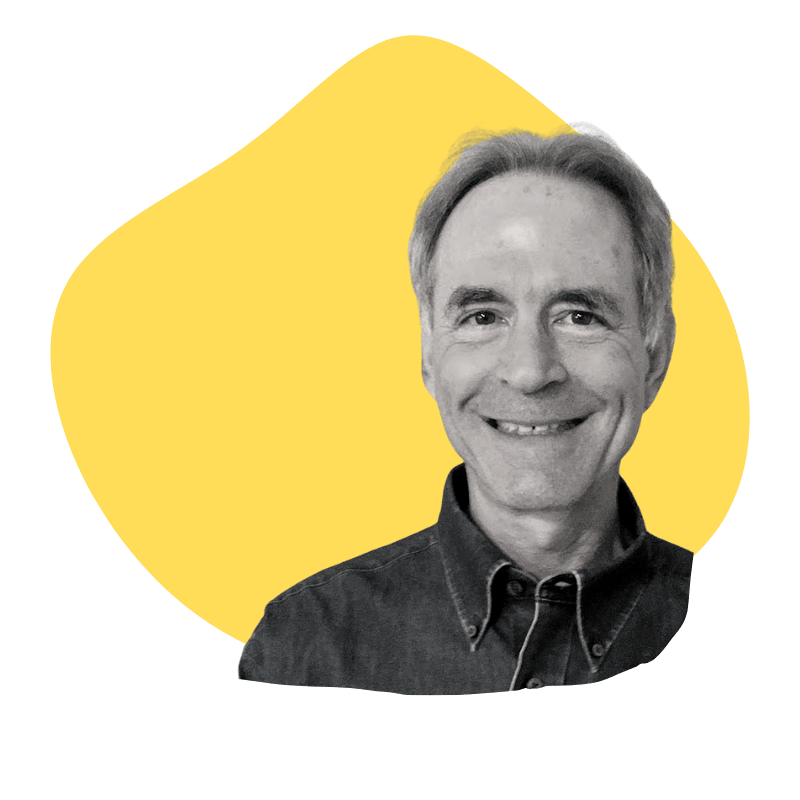
The Life of Rick Strassman
Many people know about the story of Rick Strassman’s DMT studies, but few know about his personal story, so we’ll start by looking into his early life and how he stumbled across the world of psychedelics.
Strassman’s grandparents migrated to America in the early 1900s from the Pale of Settlement. This was the only area in Europe and Russia at the time where Jewish people were allowed to live. Millions of Jews fled Europe in the 1900s and ended up in the USA and Canada.
Rick Strassman’s parents were first-generation Americans born on the East Coast. They migrated to the West Coast for education. Rick was born in the San Fernando Valley in Los Angeles on February 8th, 1952. He had a good upbringing and recalled that the area was a pleasant place to live in the 50s and 60s.
Rick’s family, like many others at the time, used to burn garbage in large incinerators in their backyards. This sparked an interest in fire and explosives in Rick. At an early age, he became highly interested in chemistry due to these experiences.
He enjoyed making fireworks, and at the time, you could purchase chemicals from the local drug store that, when combined, would create gunpowder. During his teenage years, Strassman became obsessed with creating fireworks and began college as a chemistry major because he wanted to become a fireworks magnate.
Rick’s family discouraged him in this pursuit and told him that he was an intelligent guy and ought to become a doctor. He gave into this pressure and went on to study medicine in California during the late 1960s and early 70s.
Although he was discouraged from following his early dreams, Rick says that he got the last laugh because he later went on to study psychedelics.
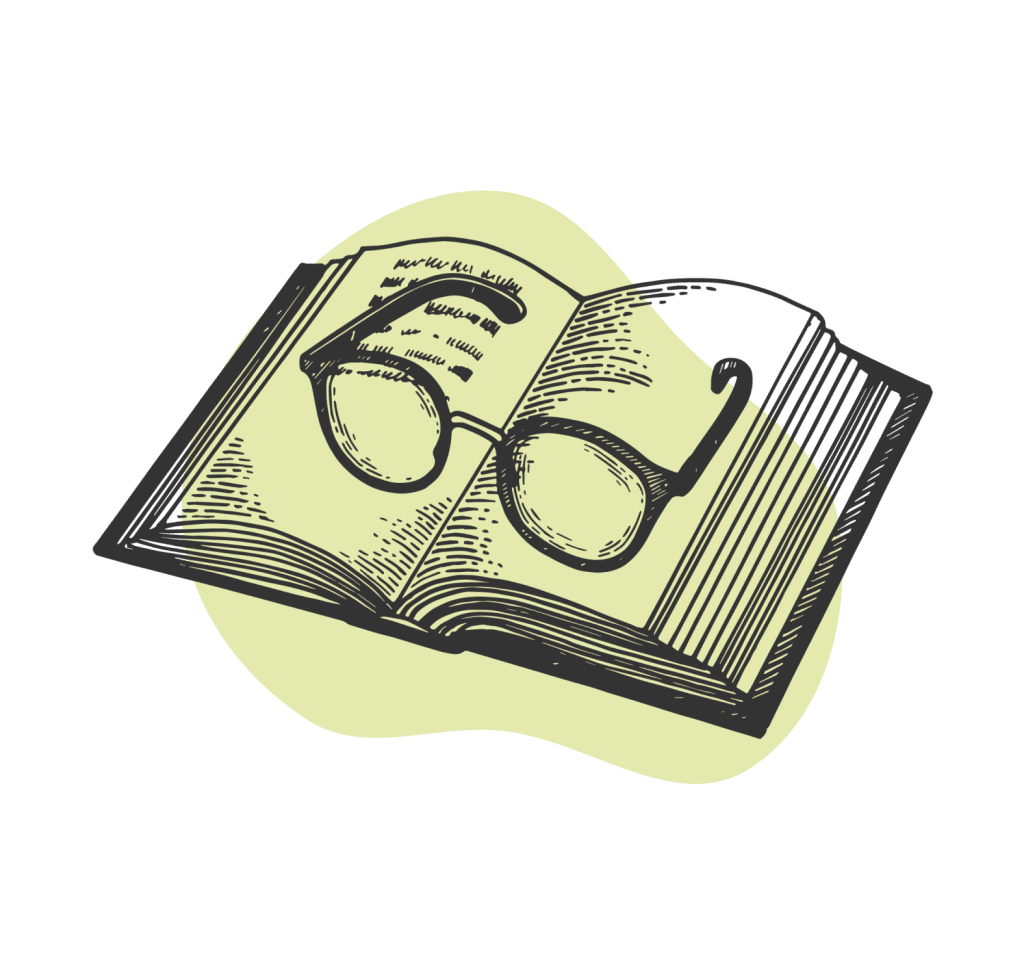
Rick Strassman’s Education
Rick studied zoology for two years at Pomona College in Claremont in 1969. After this, he transferred to Stanford University, where he graduated with departmental honors in biological sciences in 1973.
He continued his research at Stanford before moving on to the Albert Einstein College of Medicine at Yeshiva University, New York. He graduated with an MD and departmental honors, specializing in psychiatry.
Strassman began his general psychiatry residency at the University of California, Davis. He received the Sandoz Award for “Outstanding Graduating Resident” in 1981.
After receiving this award, he trained in clinical psychopharmacology research at the University of California in San Diego. He then served in the clinical faculty in the psychiatry department at the University of The New Mexico School of Medicine in Albuquerque in 1984.
It was at the University of New Mexico that Strassman researched the function of the pineal gland. His research group was one of the first to document the effects of melatonin in humans. From here, Rick Strassman became intrigued by altered states and started looking into psychedelics.
Rick Strassman Enters the World of Psychedelics
This is where things took a turn in Rick’s life and became very interesting.
Rick Strassman wasn’t unfamiliar with psychedelics, even through his years in education. He had tried a few different psychedelics, from psilocybin, LSD (lysergic acid diethylamide), and eventually DMT as ayahuasca.
Psychedelics intrigued him, but it wasn’t until after he studied the pineal gland that he started to delve into them scientifically.
Strassman’s interest in the biology surrounding spiritual experiences started when he noticed the similarities described by psychedelic-induced states and states of consciousness induced by meditation. He assumed that there would be some kind of biological similarities between these two states.
He began by looking into melatonin in the mid-80s because the pineal gland (the gland that produces melatonin) had strong links with “spiritual biology.” Preliminary data also showed that melatonin was psychedelic. However, he soon discovered that it had no psychoactive effects and produced effects more similar to sedatives.
When Strassman ruled out melatonin as an endogenous spiritual influencer, he discovered N,N-Dimethyltryptamine (DMT). This compound is also endogenous — meaning it’s created naturally in the human body.
He believed that DMT had a higher chance of being responsible for spiritual experiences than melatonin because this compound was highly psychedelic. Assessing the similarity between the psychedelic state induced by DMT and non-drug-induced spiritual experiences was one of the main reasons Strassman began his study of the compound.
Strassman wondered why DMT was present in the human body and almost all other organisms on earth. He questioned why every mammal has the enzymes to metabolize this substance (unproven). He pondered why the human central nervous system is wired to receive an experience through DMT.
He knew there was a substantial amount of information to be learned from this ancient compound. DMT could be the resonant language among all living things on earth…
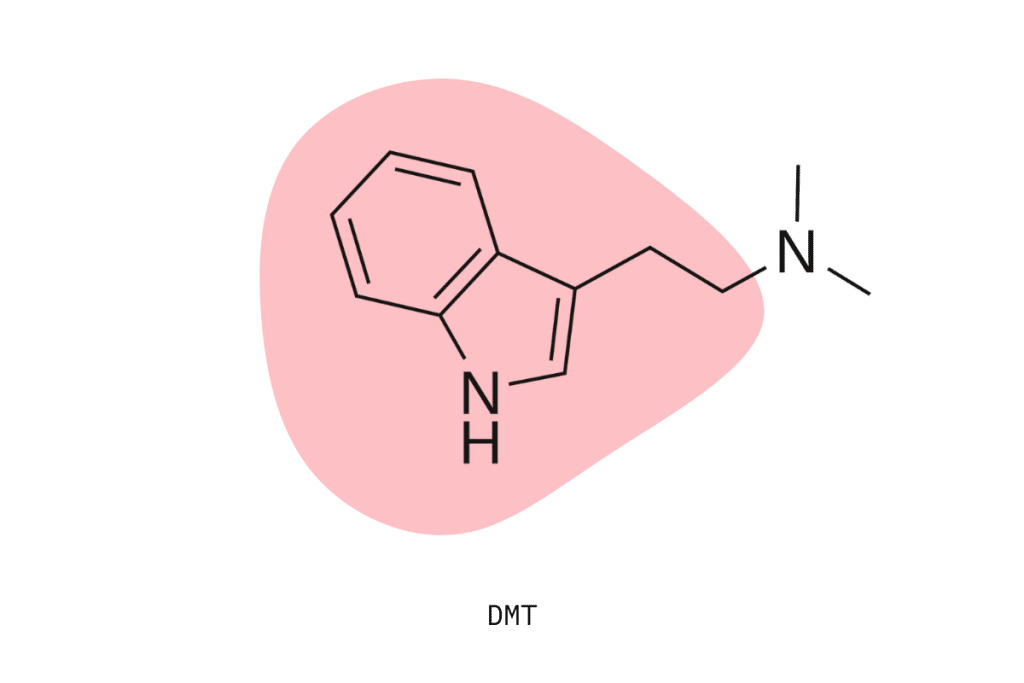
Rick Strassman’s Studies of DMT (1990–1995)
In 1990 Rick Strassman got approval from the United States government to experimentally investigate the effects of DMT on human subjects at the University of New Mexico. From 1990 to 1995, Strassman administered hundreds of doses of the psychedelic compound to 60 different participants.
How Did Strassman Start His DMT Studies?
Since this was the first clinical study involving psychedelics in America since Richard Nixon signed The Controlled Substances Act in 1970, the project’s birth didn’t come easy. Strassman had many hoops to jump through and several major hurdles to conquer before he could administer the substance to his subjects.
Strassman had to deal with a lot of bureaucracy before his studies commenced. He spent over two years dealing with regulatory agencies to prepare for the research.
He spoke to Daniel Freeman — a leading psychedelic researcher that conducted studies throughout the 1950s and 60s. Freeman told Rick that it’s important not to go into the potential use of psychedelics in therapy to treat mental illness because this was where the hysteria surrounding these substances began.
Freeman told Strassman that he should approach the studies as a scientist by assessing simple physiological factors that are affected when the substance is consumed. This way, he wouldn’t get in trouble and stood a better chance of earning funding for the project.
Rick did what Daniel said by positioning the research as a safety assessment rather than a potential treatment and received the go-ahead for his project. Of course, during the study, he could still get the accounts of what was going on throughout the subject’s experiences on DMT.
The next hurdle was sourcing clinical-grade DMT. Since DMT was and still is a schedule 1 substance in the United States, finding a reliable source wouldn’t be easy. Luckily, Dr. Dave Nichols at Purdue University agreed to synthesize the compound for Rick Strassman, so his work could begin…
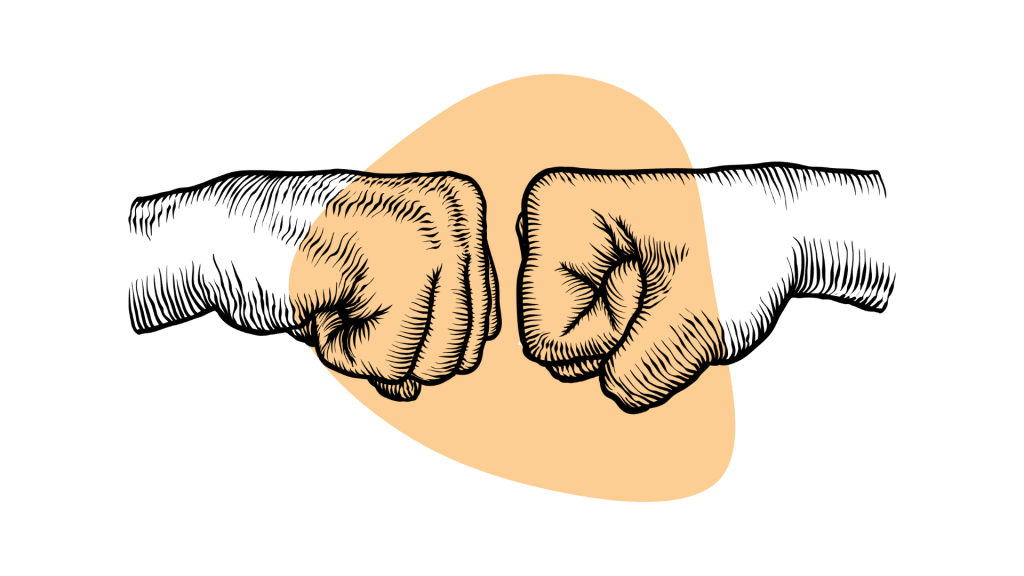
The Beginning of the First Psychedelic Experiments in Over Two Decades
Once Rick had been given permission to study DMT, gained funding, and had the compound synthesized, he began his studies. He set out to find test subjects for the series of experiments. Sixty subjects were deemed fit to take part in the study.
These subjects all had differing backgrounds. Some were experienced with psychedelics, some had tried LSD or psilocybin once or twice, and others had no prior drug experience. Some subjects were religious, some atheists (not believing in God), and others were agnostic (neither believing nor disbelieving in God).
This diverse group of subjects would receive hundreds of psychedelic doses of DMT. The profound experiences they had during these trips would be recorded by Strassman and eventually documented in his book DMT: The Spirit Molecule.
So, what did the participants of this study experience exactly?
What Did the Participants Experience During These Studies?
The participant’s experiences during the trial phase of Rick Strassman’s would drastically alter his views on science, spirituality, and DMT.
All participants had their experience at separate times but in the same clinical setting, with the same dose, and all were blindfolded. This ruled out any external factors altering the perception while under the influence of the DMT. The simple act of blindfolding the subjects allows them to delve into the trip more intensely.
What surprised Strassman the most was that only one person out of the subject group reported a “mystical experience.” This person was a religious studies major in college, and he had always wished for a mystical-unitive experience, so this account could be ruled out as a one-off.
The rest of the subjects did not experience a mystical-unitive state. Contrary to this, the participants felt that they were interacting with a highly articulated world that felt just as real as conscious reality.
Rather than inducing a trip in the sense of other psychedelic substances such as LSD and psilocybin, the participants reported feeling as though they were in an “inhabited world” while tripping on DMT. It was as though the study subjects were getting transported to another dimension rather than experiencing hallucinations through biological responses.
The accounts of the subjects were truly incredible. Many people related their trips to a near-death experience where they were transported to another realm — a spiritual realm between worlds, a place where “souls are reborn,” somewhere divine.
Rick Strassman himself also experimented with the substance. His trip started with the vision of incredible geometric patterns — something many subjects also reported.
He saw a city in the distance covered in a green hue with clouds flowing over it and lights flickering within. A ball of white light flew past him toward the city; he felt the energy from this light as it rushed past his head.
Turning his head to the right, he saw a woman with a long nose and green skin. She had a dial in her hand and was turning it right and left. This dial was controlling the flickering lights above the city. The woman turned to him and said, “what else do you want?” Strassman replied, “what else do you have?”
Perhaps the most intriguing thing about the DMT study was how similar the subject’s experiences were. Each participant had different levels of exposure to hallucinogenic substances before the study, and they didn’t discuss their experiences. It’s as though several of the participants were getting transported to the same place after taking the substance.
Related: What Are DMT Machine Elves?
Here’s what some of the subjects had to say about their experiences:
“Cold rushed through my veins and a hum and vibration started to rush over my body that got louder and more intense until eventually I had to give in, and then I was there.”
“I was blasted out of my body and into the universe. There were angels flying through space and I felt as though I was in another realm — a divine realm.”
“I was somewhere different yet familiar. I was in the place where souls rebirth and I had been there many times before.”
“I’ve never felt such tremendous peace. Everything was stripped away from me — every hope, every fear, and every attachment to the material world.”
“How long was I gone?”
“15 minutes,” replies Strassman.
“I witnessed one thousand years of experience in just 15 minutes?”
Bridging the Gap Between Spirituality & Science
Rick Strassman ended the DMT studies in 1995 because he could no longer justify them. He was at a complete loss on how to explain the effects of the substance on a biological and scientific level.
He believed that it was immoral to continue administering the substance to the subjects, and he had a great sense of discomfort not knowing on a psychological level why these experiences were occurring.
At the start of his studies, Strassman was trying to explain the experiences his subjects were encountering on DMT biologically. He looked at brain chemistry and physiological factors that may induce the effects.
By the end of these studies, he started to look at the subject’s psychedelic experiences differently.
He learned that he should’ve interpreted these DMT experiences on a spiritual rather than a scientific level. He wondered whether this substance was altering the state of human consciousness entirely and allowing the brain to access information that usually would be impossible to receive.
Could DMT be the substance that bridges the gap between science and spirituality?
Books Written By Rick Strassman
Rick Strassman has written four books and contributed to a few other titles within his expertise. Without a doubt, DMT: The Spirit Molecule is his most successful and holds the highest regard.
DMT: The Spirit Molecule is a recording of the events during the DMT studies. It provides a behind-the-scenes look into the studies and includes several theories and ideas on how this endogenous compound could be responsible for spiritual experiences, “alien abductions,” and more.
Rick Strassman’s other books are no less tantalizing and are well worth a read. His other books look into psychedelics, the mind, spirituality, and consciousness.
Here are the current titles that have been written by Rick Strassman, MD:
- DMT – The Spirit Molecule: A Doctor’s Revolutionary Research Into the Biology of Near-Death & Mystical Experiences
- DMT and the Soul of Prophecy: A New Science of Spiritual Revelation in the Hebrew Bible
- The Psychedelic Handbook: A Practical Guide to Psilocybin, LSD, Ketamine, MDMA, & Ayahuasca
- Joseph Levy Escapes Death
- Inner Paths to Outer Space: Journeys to Alien Worlds through Psychedelics & Other Spiritual Technologies (Co-Author)
- LSD, Spirituality, and the Creative Process: Based on the Groundbreaking Research of Oscar Janiger, M.D. (Contributor)
- Mysticism and Experience: Twenty-First-Century Approaches (Contributor)
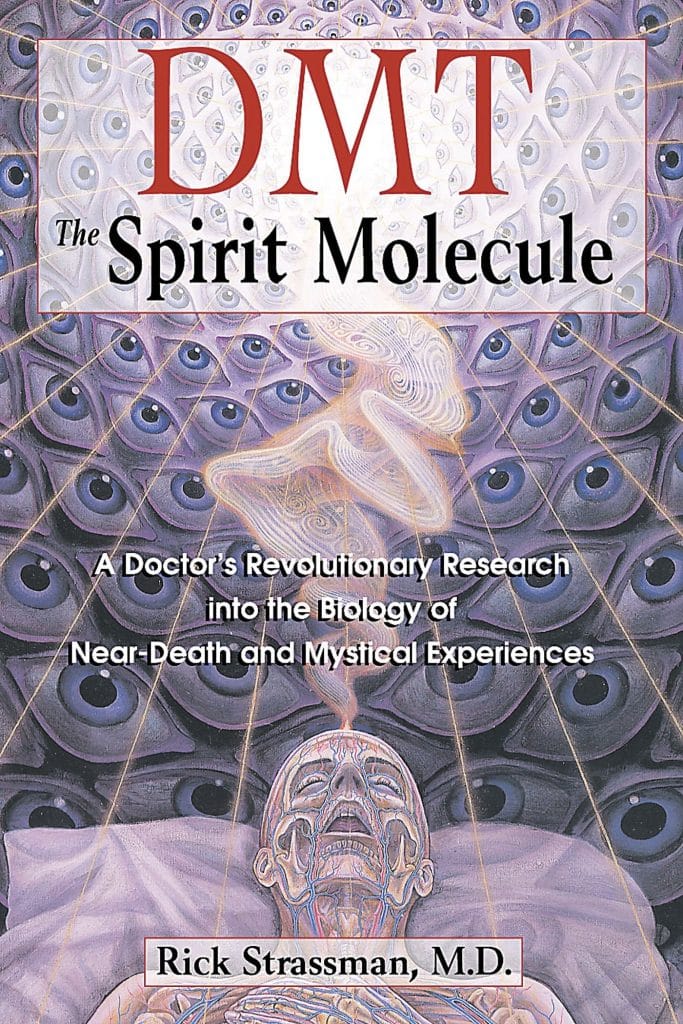
What’s Rick Strassman Doing Now?
Rick Strassman is still alive and well. Although his DMT experiments have long since passed, he is still very much involved with the psychedelic world. Rick Strassman is a best-selling author and continues to write books and talk openly about psychedelics, spirituality, and links between the two.
He is using his expertise and experience from the DMT studies to provide consultation services to Algernon Pharmaceuticals. This pharmaceutical company started a clinical research program in the first quarter of 2021 in order to look at the potential use of DMT in stroke victims.
Although Rick Strassman consults for Algernon, he is technically retired. He now writes full-time and wants to release more titles within the psychedelic space over the next decade.
Summary: Rick Strassman
Rick Strassman is the father of modern psychedelic research. He was the first person since Richard Nixon signed The Controlled Substances Act in the 70s to conduct research on psychedelic substances using human subjects.
The documented experiences while the subjects were under the influence of DMT were spectacular. Strassman had stumbled across a new world, perhaps even more real than the conscious reality we “live” in.
Although Strassman couldn’t explain what was happening biologically when a person experienced a DMT trip, his research was groundbreaking. The fact that he couldn’t explain what was happening physiologically made Strassman uncomfortable. However, he introduced the subjects and the wider public to a new and unexplored world.
The DMT studies ended in 1995 but definitely led the way for more modern research into psychedelic substances. Rick Strassman has no plans of starting the studies or any of a similar type soon. However, he is still very much involved with the psychedelic world and continues to write and talk about his and other people’s work in the psychedelic space.
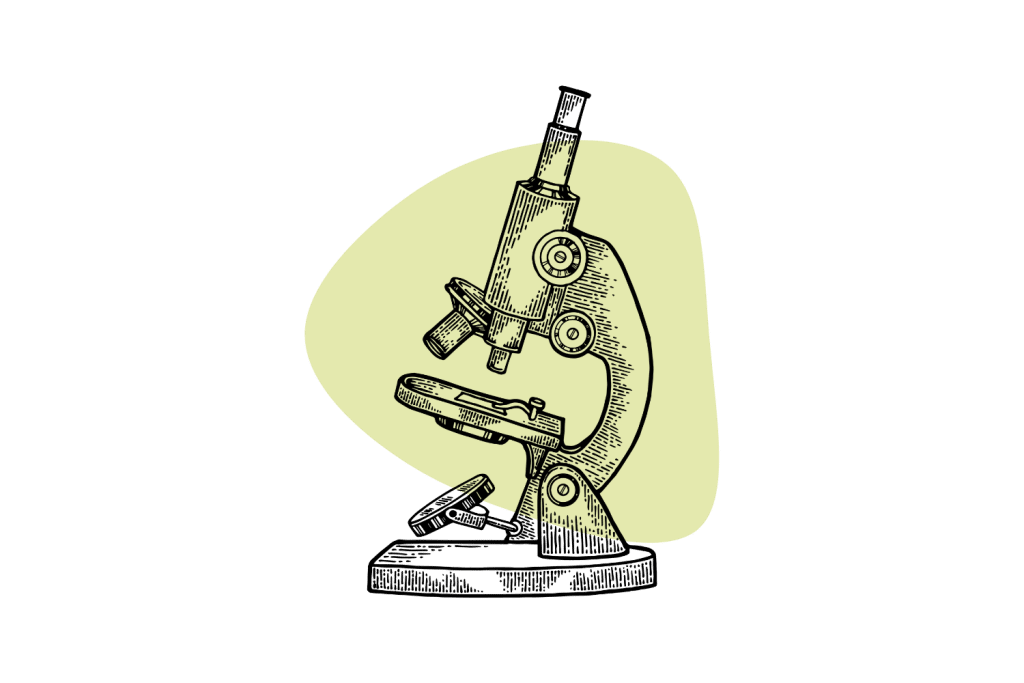
Dr. Rick Strassman’s Research
- Strassman, R. J. (1984). Adverse reactions to psychedelic drugs. A review of the literature. J Nerv Ment Dis, 172(10), 577-595.
- Strassman RJ, Qualls CR, Lisansky EJ, Peake GT: Sleep deprivation reduces LH secretion independently of melatonin. Acta Endocrinologica 124:646-651, 1991
- Strassman, R. J. (1991). Human hallucinogenic drug research in the United States: a present-day case history and review of the process. Journal of psychoactive drugs, 23(1), 29-38.
- Strassman, R. J. (1992). Human Hallucinogen Interactions with Drugs Affecting Serotonergic. Neuropsychopharmacology, 7(3).
- Strassman, R. J. (1995). Human psychopharmacology of N, N-dimethyltryptamine. Behavioural brain research, 73(1-2), 121-124.
- Strassman, R. J., Qualls, C. R., Uhlenhuth, E. H., & Kellner, R. (1994). Dose-response study of N, N-dimethyltryptamine in humans: II. Subjective effects and preliminary results of a new rating scale. Archives of general psychiatry, 51(2), 98-108.
- Strassman, R. J., Qualls, C. R., & Berg, L. M. (1996). Differential tolerance to biological and subjective effects of four closely spaced doses of N, N-dimethyltryptamine in humans. Biological psychiatry, 39(9), 784-795.
- Strassman, R. J., Qualls, C. R., Uhlenhuth, E. H., & Kellner, R. (1994). Dose-response study of N, N-dimethyltryptamine in humans: II. Subjective effects and preliminary results of a new rating scale. Archives of general psychiatry, 51(2), 98-108.
- Strassman Hallucinogenic drugs in psychiatric research and treatment. Perspectives and prospects. Journal of Nervous and Mental Disease 183:127-138, 1995.
- Strassman RJ. Endogenous ketamine-like compounds and the NDE: If so, so what? Journal of Near-Death Studies 16:27-42, 1997

